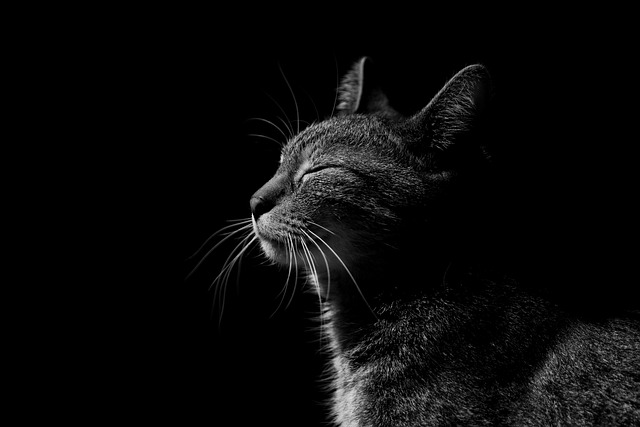When it comes to photography, the way we manipulate light can make all the difference in creating captivating visuals. Among the many techniques available, employing side light can elevate your images, infusing them with depth and intrigue. This technique allows you to showcase layers within your composition, inviting viewers to explore the various elements that surround your main subject.
Understanding how side light interacts with your subject is crucial. When light comes from the side, it emphasizes textures and shapes, casting soft shadows that create a three-dimensional feel. This phenomenon is particularly powerful in landscape photography, where the undulating terrain can transform under the warm glow of the setting sun. The rolling hills and distant mountains gain a sense of presence, inviting the viewer’s eye to travel through the image.
To master side light, consider the time of day you shoot. Early mornings or late afternoons, often referred to as the “golden hour,” provide the most dynamic and flattering light. Positioning your camera so that the light hits your subject at an angle will enhance contrasting layers within the frame. For portrait photography, this technique works wonders. Light falling across your subject’s face can create captivating shadows and highlights, breathing life into your photos. You can capture the intricate details of a person’s expressions, rendering a flat image into one of depth and personality.
The optics of your camera also play a significant role when working with side light. A wide aperture can help isolate your subject from its background, ensuring that layers remain well-defined. Additionally, using lenses with good optical quality will allow you to maintain clarity and contrast, enriching the layers you are trying to convey. Remember that an essential aspect of creating multi-layered images is to experiment with different focal lengths to see how they alter perception. Wide-angle lenses can exaggerate the foreground, while telephoto lenses simplify complexity by compressing distance.
As you explore the capabilities of your camera in side lighting, don’t forget about composition. Leading lines can guide the viewer’s gaze through your layers, from foreground elements to distant backgrounds. Think about how to frame your shot so that every part of the image contributes to the story you’re telling. Using side light strategically can not only enhance the visual appeal of your work but can ultimately convey the emotion of your scene, making it resonate deeply with your audience.
Incorporating side light into your photography toolkit allows you to create layers that tell a story. This multifaceted approach can engage viewers, inviting them to explore beyond the surface. With practice and patience, you can transform simple moments into striking works of art, all thanks to the magic of light. Take your time, experiment with different settings, and most importantly, have fun with the process as you master capturing the enchanting layers that side light can reveal in your photography.



